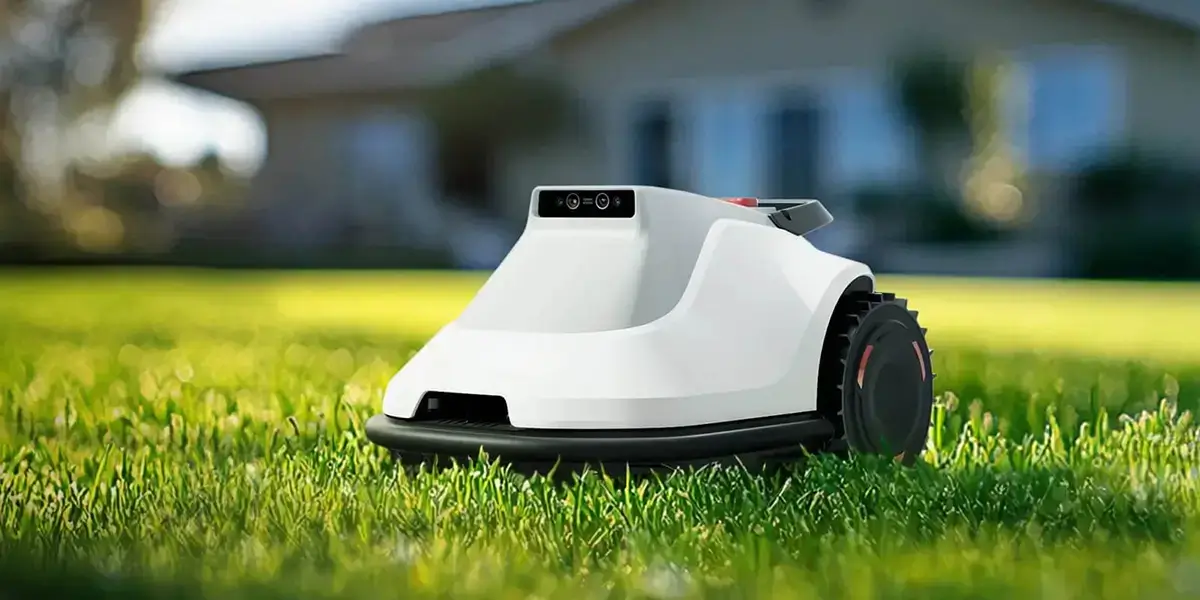Ever been stuck thinking about how machines just seem to move seamlessly, almost intelligently? That’s where a servo motor comes into play. It's like the brain behind robotic arms and precision automation. And if you’re into designing these marvels, then SolidWorks is your best buddy. Picture this: you’re optimizing a robotic arm’s movement or tweaking a manufacturing line. Having a detailed, accurate model of the servo motor can make all the difference. That’s why integrating servo motor designs into SolidWorks is such a game changer.

Imagine the process. You start by modeling the core components—rotors, stators, gears—layer by layer. Lighting fast, you see how each part interacts, how the motor responds under different conditions. The beauty? SolidWorks makes it straightforward to analyze stress, torque, and thermal behavior right within your design environment. No more guessing if your servo motor will handle the load or if it’ll overheat during long runs. Instead, you get real-time insights.
Now, how does this benefit the final product? Well, a well-modeled servo motor reduces prototype iterations. You identify potential issues early, tweak design specs, and save precious time and money. Plus, the detailed simulations provide confidence that the motor will perform consistently in real-world applications, from CNC machines to drone stabilization.
But wait, how do you choose the right servo motor? That’s a good question. Factors like torque requirements, response speed, durability, and power consumption all matter. When you model these aspects accurately in SolidWorks, you can visualize performance under different scenarios. It’s like giving your design a test run before the actual build. Imagine fine-tuning the motor’s gear ratios or motor windings in the virtual space. Saves headaches during manufacturing, and you get a clearer picture of how your design will operate.
Is there more to this? Absolutely. The integration of SolidWorks with other simulation tools allows even deeper dives. For example, you can perform electromagnetic analysis, vibration testing, or thermal profiling—without pulling apart physical prototypes. That's efficiency and precision rolled into one package.
For anyone serious about pushing boundaries with servo motors, mastering SolidWorks modeling isn’t just a good idea; it’s essential. You get to be the one who spots flaws early and optimizes performance from day one. Plus, the visualization helps explain your design to team members or stakeholders who might not be experts but need to understand what makes your motor special.
To wrap it up: whether you're designing automation equipment or developing custom robotics, leveraging SolidWorks to model servo motors unlocks a new level of precision and confidence. Advanced simulation, faster development cycles, better performance predictions—that’s what this combo delivers. Moving forward, whoever handles the design process with this approach can expect smoother projects, fewer surprises, and results that really stand out.
Established in 2005, Kpower has been dedicated to a professional compact motion unit manufacturer, headquartered in Dongguan, Guangdong Province, China. Leveraging innovations in modular drive technology, Kpower integrates high-performance motors, precision reducers, and multi-protocol control systems to provide efficient and customized smart drive system solutions. Kpower has delivered professional drive system solutions to over 500 enterprise clients globally with products covering various fields such as Smart Home Systems, Automatic Electronics, Robotics, Precision Agriculture, Drones, and Industrial Automation.




































